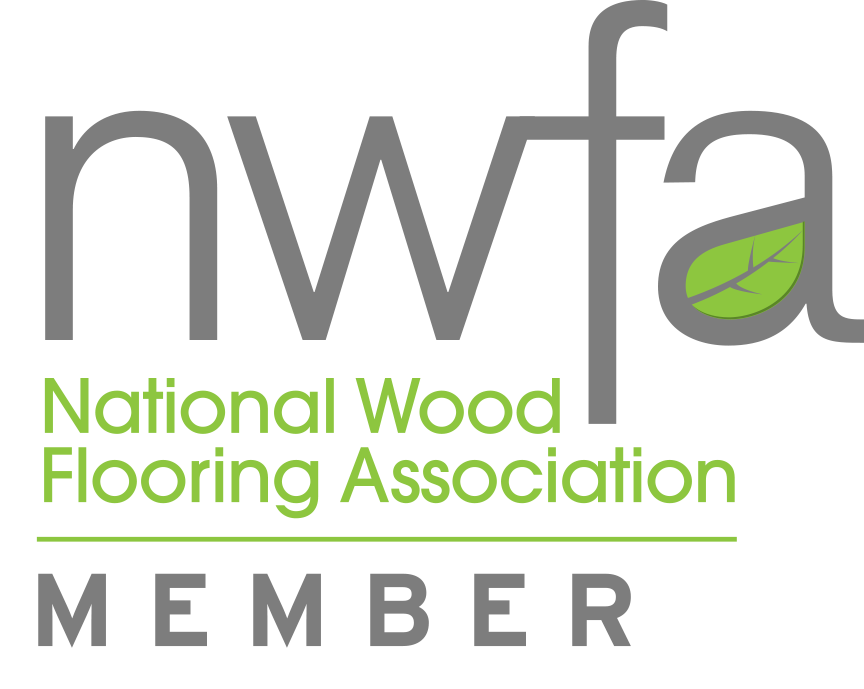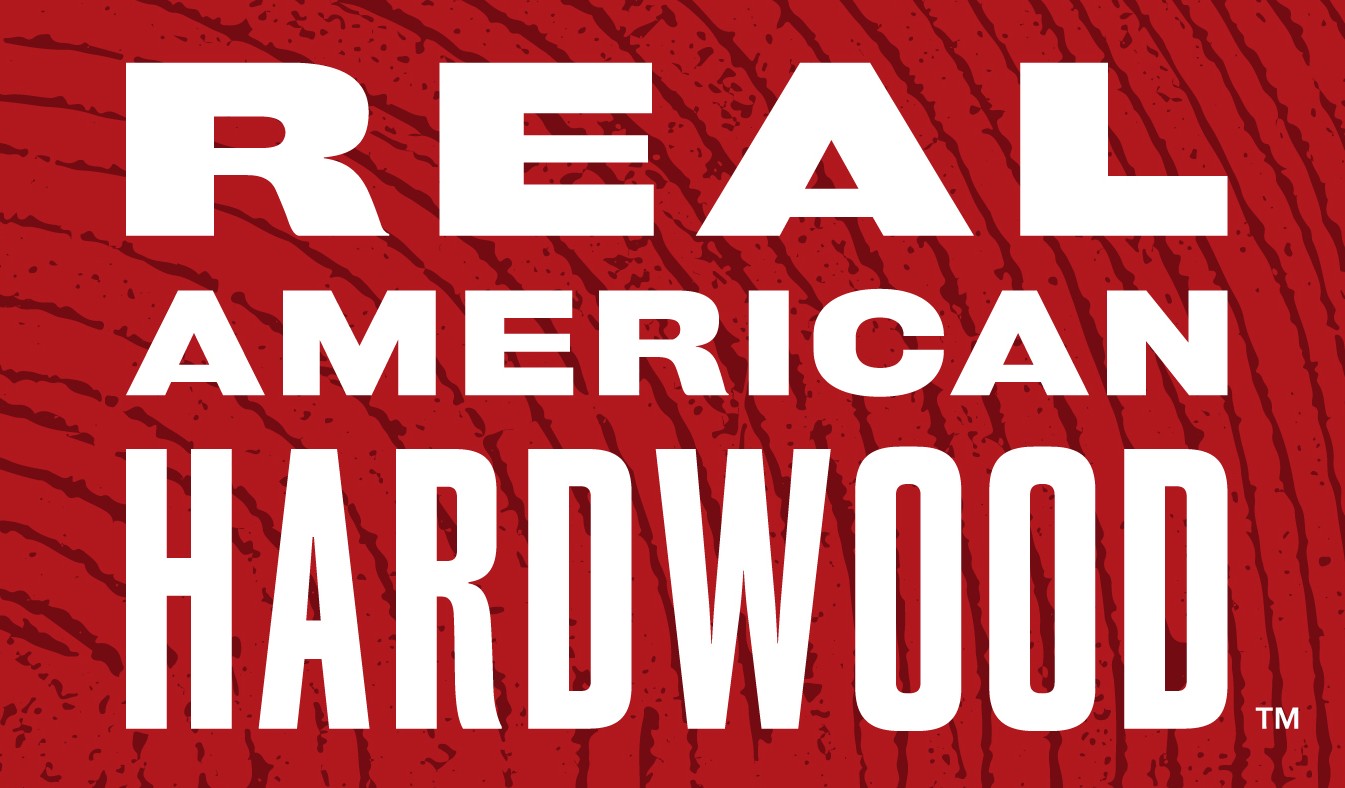
APPEARANCE AND PHYSICAL PROPERTIES
Azobe wood is extremely tough and very difficult to work, it has an unpleasant odour and is difficult to plane. It rapidly blunts tools. Azobe wood splits when it is nailed. For this reason, pre-drilled holes are recommended for nails and screws. The sapwood is up to 5 cm wide, yellow brown with a faint reddish or pink tinge. Azobe heartwood is deep red brown or dark red, sometimes almost violet, with a lively grain.
Parquet floors, stairs, bridges, sluices, railway carriage construction and shipbuilding, acid vats, decking, highly stressed structures, e.g. bearing shells in mechanical engineering. The wood of the azobe tree is also suitable to use for bowling balls and tool handles.

APPEARANCE AND PHYSICAL PROPERTIES
Tali or African IPE is harvested in forests in the central /South regions of Cameroon.The wood is orangey yellow brown to reddish brown. Tali from East Africa has a lighter colour. The sapwood is striped and clearly demarcated. The grain is interlocked and the texture is coarse. Tali darkens on exposure. The wood is moderately lustrous. It is suitable for use in contact with the ground.
Applications: Tali is extremely popular in Europe for decking, marine construction, bridge building and boat building. It is also used for heavy-duty hydraulic applications, flooring, and sound barriers.

APPEARANCE AND PHYSICAL PROPERTIES
Dabema is harvested in the central and coastal regions of Cameroon. Dabema trees can reach a height of up to 40 m, and their trunks have diameters ranging from 0.6 to 1.2 m.
The whitish grey or light brown sapwood is easily to distinguish from the heartwood. Dabema wood is fairly coarse and has a slightly straight fibred texture. Thanks to its pronounced interlocked grain, this wood tends to be cross-grainy
Dabema is suitable to use for joinery, parquet floors, car manufacturing and shipbuilding. It can also be used for bridge construction and for building other physical structures that come into contact with water

APPEARANCE AND PHYSICAL PROPERTIES
Okan wood, also known as Cylicodiscus gabunensis, is a tropical hardwood species native to West Africa, particularly Cameroon and Cameroon. It’s highly valued for its exceptional durability, making it suitable for demanding applications like marine environments, bridges, and railway sleepers. Okan is sometimes confused with Dahoma, another African hardwood, and is sometimes sold under the name African greenheart.
APPLICATION AREAS:
Bridges, docks, railway sleepers, heavy carpentry, and marine structures.
Flooring, industrial flooring, and heavy-duty applications.

APPEARANCE AND PHYSICAL PROPERTIES
The heartwood is yellowish-brown to reddish-brown, generally resinous, which distinguishes itself from the light-coloured sapwood. Southern Yellow Pine is typically harder and heavier than their commercial species of pine and is almost identical in strength properties with Douglas Fir.
APPLICATION AREAS.
Furniture, panelling staircases, bench seating, interior & exterior joinery, boat building, flooring, construction, spars, masts, lorry work, outdoor and in ground work.

APPEARANCE AND PHYSICAL PROPERTIES
Western red cedar grows in the Pacific northwest and along the Pacific Coast to Alaska. It is also called canoe cedar, giant arborvitae, shinglewood and Pacific red cedar. Heartwood reddish to pinkish brown, often with random streaks and bands of darker red/brown areas. Narrow sapwood is pale yellowish white, and isn’t always sharply demarcated from the heartwood.
APPLICATION AREAS:
Shingles, exterior siding and lumber, boatbuilding, boxes, crates, and musical instruments.
Padauk is harvested in forests in the central region of Cameroon. The tree reaches a maximum height of 40 m and achieves a trunk diameter of up to 1.1 m. The trunk is straight and cylindrical and has root flares.
Freshly sawn padauk has an attractive coral red colour. The grain is straight, but is sometimes interlocked. Exposure to light rapidly discolours the heartwood, which takes on a black brown colour. The wood has a medium coarse to coarse texture. Padauk is easy to machine. Pre-drilling is necessary; surface treatment is difficult due to the presence of resin in this wood. Padauk does not take long to dry. Generally, there is a possibility of fine cracks.
APPLICATION AREAS.
Padauk is preferably used for manufacturing interior and exterior façades as well as door and window frames. This high-quality wood is also suitable for manufacturing furniture, stairs and parquet floors.

APPEARANCE AND PHYSICAL PROPERTIES
Douglas fir is medium-weight and, in comparison to other coniferous woods, fairly hard. It is subject to low shrinkage and has good stability. It is strong and elastic.
The wood is also resistant against fungal and insect infestation and exhibits good natural durability when exposed to the elements.
APPLICATION AREAS.
– Building and construction
– Balconies, Pergolas
– Parquet flooring, stairs, flooring
– Façade and wall panelling
– Hydraulic engineering
– Production of cellulose products, fibrous panelling, plywood

APPEARANCE AND PHYSICAL PROPERTIES
Eastern White Pine ,Heartwood is a light brown, sometimes with a slightly reddish hue, sapwood is a pale yellow to nearly white. Color tends to darken with age.
APPLICATION AREAS:
Crates, boxes, interior millwork, construction lumber, carving, and boatbuilding.

APPEARANCE AND PHYSICAL PROPERTIES
The sycamore is classified as medium-weight, hard, elastic and tough. It shrinks only lightly and is otherwise stable. Its low durability means that it is unsuitable for use outdoors.
Maple is used for applications requiring particularly good rigidity due to its higher density (0,62 g/cm³)and better strength properties.
The surface of maple wood can be cleaned easily due to its fine pore structure. Compared to beech wood, maple is less susceptible to water penetration. It is therefore often used for tables in restaurants and pubs.
APPLICATION AREAS.
– Veneers
– parquet flooring
– Furniture, Interior furnishings
– Musical instruments

APPEARANCE AND PHYSICAL PROPERTIES
Oak wood is hard and heavy, but nonetheless elastic. The heartwood is very resilient, and durable even under water.
APPLICATION AREAS.
– Construction
– Furniture and interior furnishing
– Barrels and tubs
– Floor boarding and parquet
– Hydraulic engineering, Bridge building


Follow us